What are a ratchet straps? Composition of the product
Ratchet straps offer a simple, secure, and economical method for fastening loads on trucks, trailers, vans, and various commercial vehicles transporting goods. Here are some tips to help you use them safely and understand why they are so popular.
1. What is a Ratchet Strap?
Ratchet straps, also commonly known as lashing straps or cargo straps, are essential tools designed to secure and stabilize objects during transportation or storage. These straps are indispensable in ensuring that goods are transported safely and efficiently, without the risk of shifting, falling, or sustaining damage.
The materials used in the construction of ratchet tie down straps are typically high-strength fibers such as polyester, nylon, or polypropylene. These materials are selected for their durability, flexibility, and resistance to environmental factors. Polyester, for instance, is particularly favored due to its excellent resistance to stretching and UV radiation, which ensures that the straps maintain their integrity even when exposed to harsh sunlight or adverse weather conditions.
Ratchet tie down straps are not just limited to industrial applications; they are also vital in various other sectors. In transportation and logistics, these straps are used to secure cargo on trucks, trailers, and containers. In the construction industry, they are employed to hold down equipment and materials, ensuring that they remain in place during transit. Additionally, in agriculture, these straps help in securing farming equipment, and they are also used in everyday scenarios like moving household items or securing goods on a vehicle.
2. Structure of a Ratchet Tie Down Strap
The ratchet strap is composed of several key components that work together to ensure that the load is securely fastened. The main part of the strap is the webbing, which is typically made from fabric polyester due to its high tensile strength and minimal stretch characteristics. This webbing is available in various widths and lengths, depending on the specific load requirements.
Attached to the webbing is the ratchet mechanism, a pivotal component that allows the user to adjust the tension of the strap. The ratchet consists of a handle and a spool. When the handle is cranked, the webbing is wound around the spool, tightening the strap and securing the load. This mechanism is designed for easy operation, even in tight spaces, and it provides the user with precise control over the tension, ensuring that the load is neither too loose nor too tight.
The ends of the webbing are usually equipped with hooks or other types of fasteners that can be easily attached to anchor points on the vehicle or object. These hooks are made from strong, corrosion-resistant materials like steel or stainless steel, ensuring they can withstand heavy loads and harsh environmental conditions.
An additional safety feature of ratchet tie down straps is the locking mechanism within the ratchet itself. This lock prevents the strap from loosening while in use, which is crucial for maintaining the security of the load during transit. When unloading, the ratchet can be quickly released by disengaging the lock, allowing for the smooth removal of the strap.
See details: How to use ratchet tie down straps
3. Applications of Ratchet Straps
Ratchet straps have a wide range of applications across multiple industries. In the transportation sector, they are essential for securing cargo on various types of vehicles, including trucks, trailers, and even boats. By keeping the cargo firmly in place, these straps help prevent accidents caused by shifting loads, which can lead to damage or loss of goods and pose significant safety risks.
In the construction industry, ratchet tie down straps are used to secure heavy machinery, building materials, and scaffolding. Their ability to hold heavy loads securely makes them ideal for ensuring that equipment and materials do not move during transportation or storage.
Agriculture also relies heavily on ratchet tie down straps for securing equipment, bales of hay, and other agricultural products. The straps ensure that these items are transported safely across fields and from farms to markets.
Beyond industrial uses, ratchet tie down straps are popular among outdoor enthusiasts for securing equipment during travel, such as ATVs, bikes, or camping gear. Additionally, they are frequently used during household moves to secure furniture and appliances, ensuring that these items arrive at their destination without damage.
4. Reputable Manufacturer and Distributor of Ratchet Tie Down Straps - DARAVIN
DARAVIN is a well-known and respected name in the industry, recognized for its high-quality ratchet tie down straps. With a commitment to excellence, DARAVIN has developed a wide range of products designed to meet the specific needs of various industries.
The ratchet tie down straps produced by DARAVIN are known for their durability, reliability, and ease of use. Each product undergoes rigorous testing to ensure it meets the highest standards of safety and performance. DARAVIN’s straps are designed not only to withstand the toughest conditions but also to provide users with the confidence that their cargo is secure.
In addition to quality, DARAVIN places a strong emphasis on customer satisfaction. The company offers a comprehensive range of strap options, including different lengths, widths, and load capacities, allowing customers to find the perfect solution for their needs. DARAVIN’s distribution network is extensive, ensuring that customers can access their products easily and receive the support they need.
With hundreds of partners in both domestic and international markets, DARAVIN has established itself as a reliable partner for businesses that want to protect their goods during transportation. Whether for industrial or personal use, DARAVIN ratchet straps are a reliable choice for cargo safety and protection.




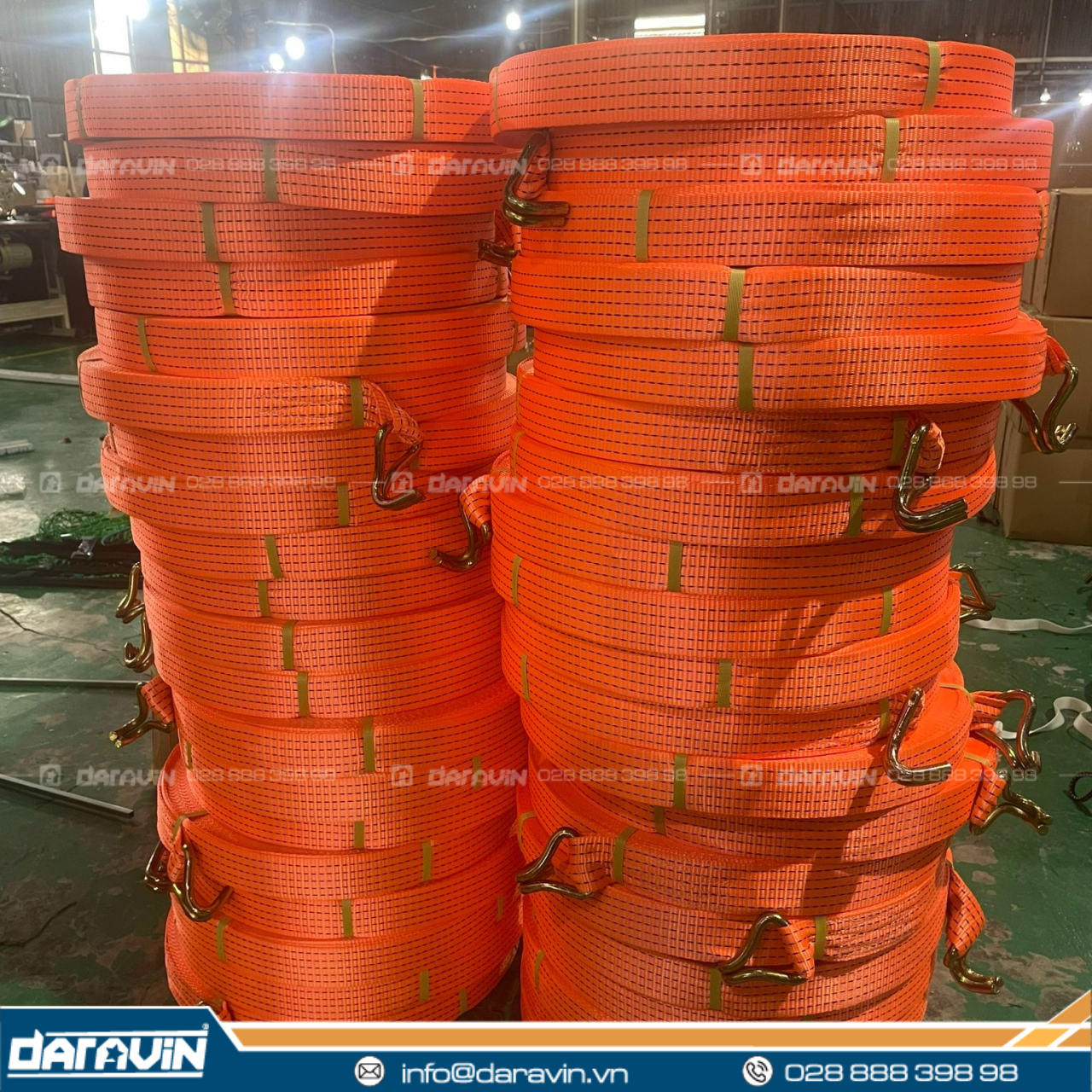
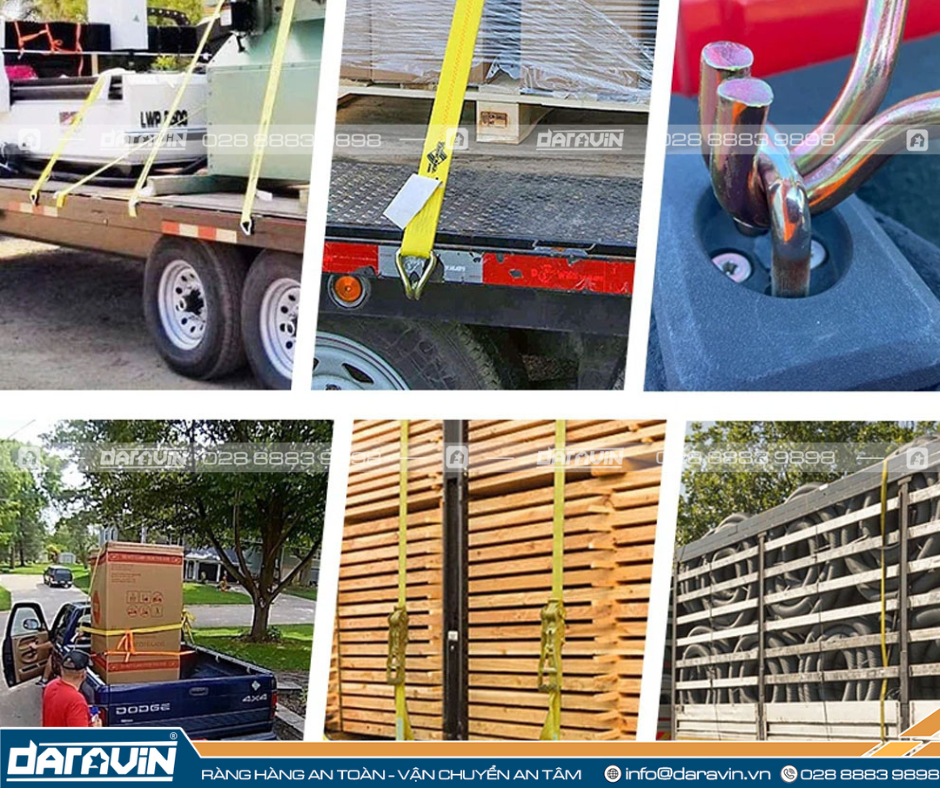
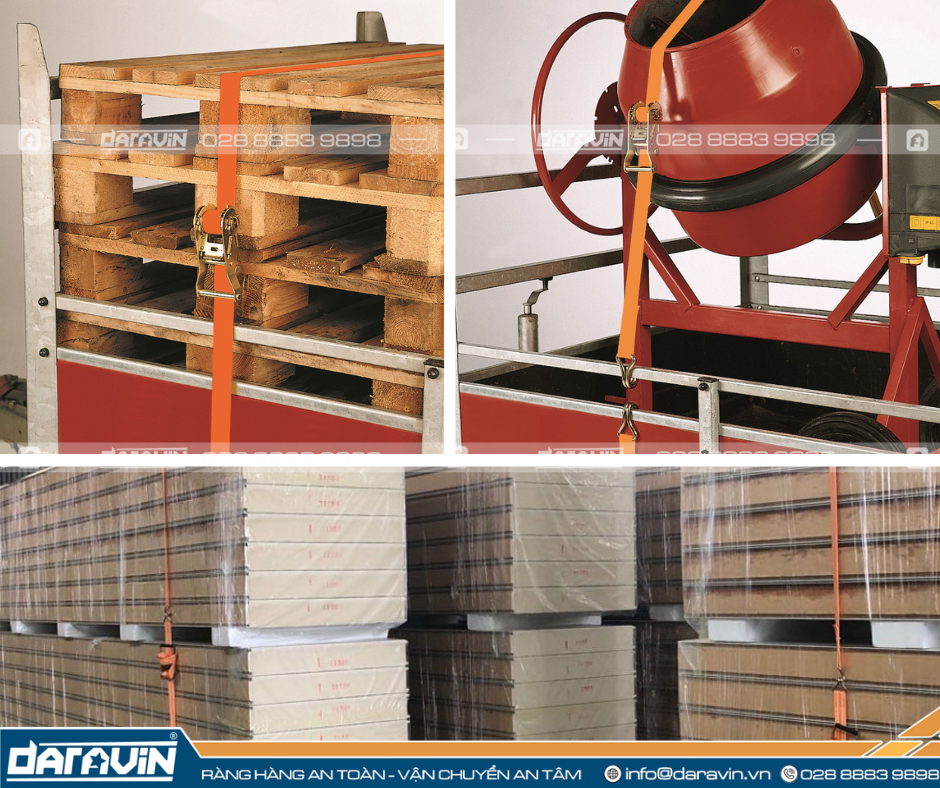
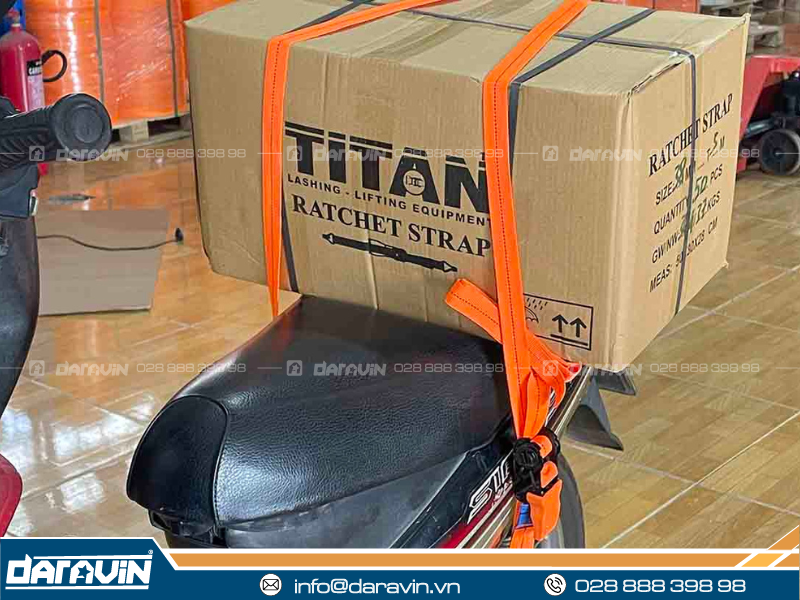




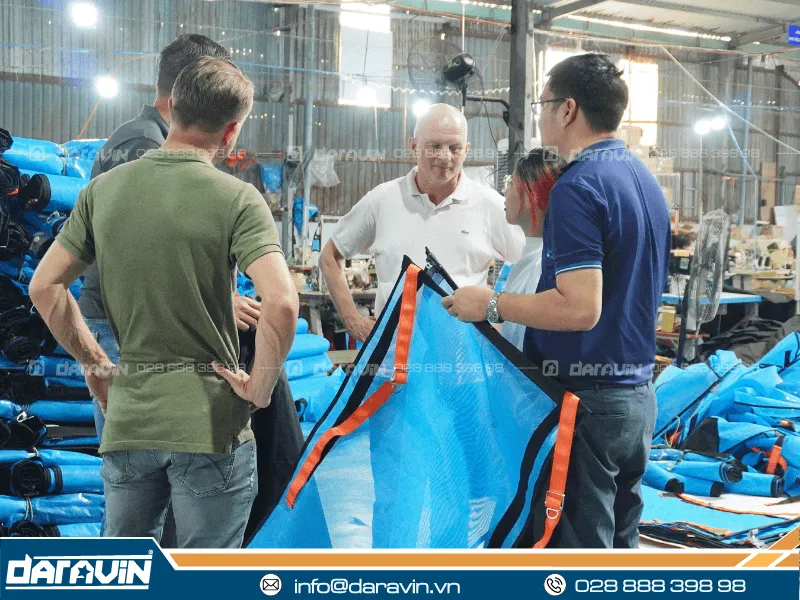
main.comment_read_more